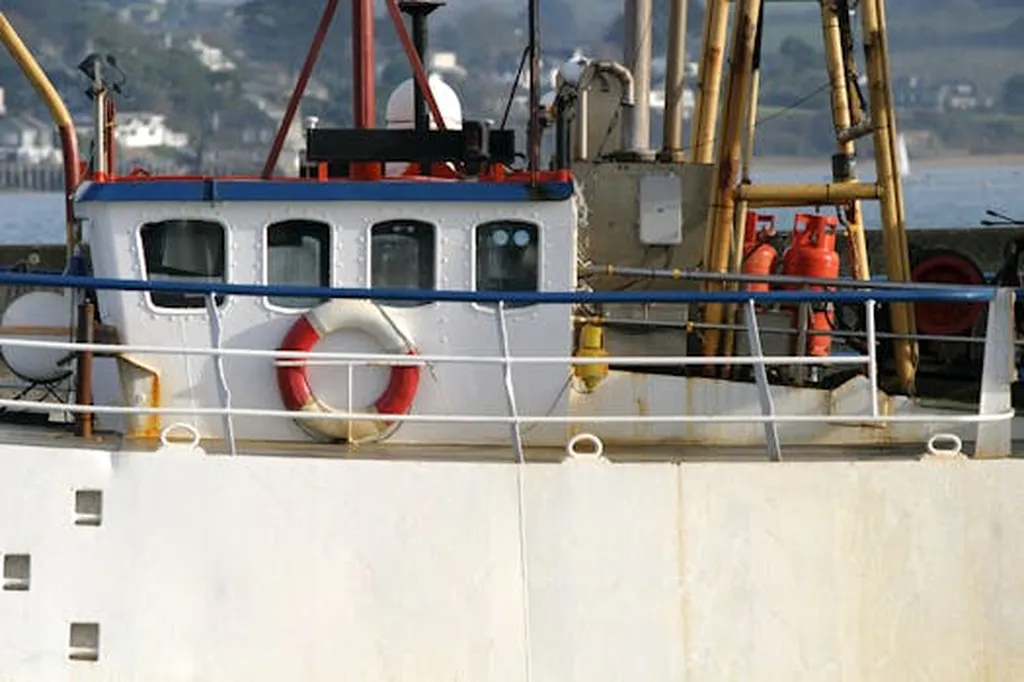In the heart of the Andaman Sea, a silent invader is making waves, and it’s not the kind that maritime professionals are used to dealing with. Microplastics, those tiny, insidious plastic particles, are turning up in both the surface seawater and the local sea cucumber population around the Similan and Surin Islands, according to a recent study published in the journal ‘Toxics’ (which is translated to English as ‘Toxins’).
Rungtip Wonglersak, a researcher from the Office of Natural History Research at the National Science Museum in Pathum Thani, Thailand, led the investigation. She and her team found that the average abundance of microplastics in the seawater around Similan Island was 1.93 ± 1.42 pieces per cubic meter, while Surin Island had a slightly lower count of 1.11 ± 0.75 pieces per cubic meter. But it’s not just the water that’s affected; these microplastics are also finding their way into the local sea cucumbers, Holothuria atra at Similan Island and Holothuria edulis at Surin Island.
The most common microplastic found in both the seawater and the sea cucumbers was black fiber. Using Fourier-Transform Infrared spectroscopy (FTIR), the team identified that polyethylene terephthalate (PET) and polyester were the major components of microplastics in the surface seawater. This suggests that the microplastics could be degrading from fishing and aquaculture equipment, maritime transport, and materials from plastic containers.
However, the story takes a different turn when it comes to the sea cucumbers. Here, the major components were cotton blends and other mixed components, indicating that these microplastics might be originating from domestic sewage discharge, especially textile washing and fishing equipment.
So, what does this mean for the maritime sector? Well, it’s a wake-up call. Microplastics are a growing concern, and they’re not just an environmental issue; they’re a commercial one too. Sea cucumbers, for instance, are a valuable commodity in the global market, and any contamination can affect their marketability. Moreover, the presence of microplastics in the seawater can have a cascading effect on the entire marine ecosystem, which in turn can impact fisheries and other maritime industries.
As Rungtip Wonglersak puts it, “Microplastics are a significant threat to marine ecosystems and marine organisms. They can absorb and carry toxic substances, potentially affecting human health through food chains.” This is not just a problem for the here and now, but a looming challenge for the future of maritime commerce.
The study highlights the need for better waste management practices, both on land and at sea. It’s a call to action for maritime professionals to take a closer look at their operations and consider how they can reduce their plastic footprint. After all, the health of our oceans is intrinsically linked to the health of our industries.
In the words of the study, “These findings imply that microplastics found in surface seawater could potentially degrade from fishing and aquaculture equipment, maritime transport, and materials from plastic containers.” It’s a stark reminder that every piece of plastic has the potential to become a microplastic, and every microplastic has the potential to cause harm.
So, as we navigate the waters of the 21st century, let’s make sure we’re not leaving a trail of microplastics in our wake. The future of our oceans, and our industries, depends on it.

